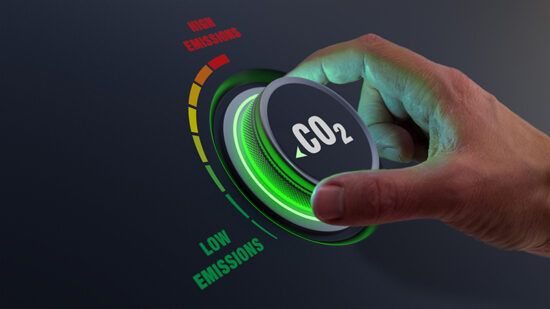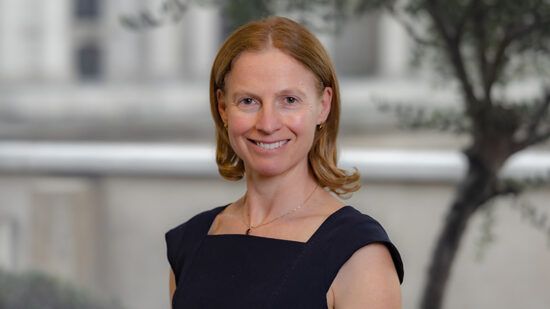Sustainable funds are seldom used in 401(k) plans, but new research shows many people who do select the investment options might have little idea as to what the products are investing in.
The findings, from PGIM and the Employee Benefit Research Institute, have potential implications for workers who build their own retirement plan portfolios.
Among 401(k) account owners who take a DIY approach to their portfolios, 8.9% opt for at least one sustainable fund when available within their plan, the report found. For those who do select a sustainable fund, their average allocation to it is 18.7% of their overall exposure.
That part might not be surprising to those who follow the use of ESG within defined-contribution plans. As of 2020, less than 5% of 401(k) plans included sustainable funds, and only about one in 10 participants in such plans opted for the funds, according to separate research from the Plan Sponsor Council of America.
Random choices
An interesting finding in the report from PGIM and EBRI, though, is that some participants appear to be choosing those investments haphazardly.
“The two factors which appeared to drive the largest allocations to ESG funds were not related to participant demographics, but rather the number of funds in the participant portfolio and the percentage of participants in the respective DC plan allocating to an ESG fund,” the authors wrote. “The notable increase in the probability of owning an ESG fund as the number of portfolio holdings increases, along with other core menu relationships, suggests naïve diversification is likely driving a significant amount of the ESG allocation decision.”
That indicated that investment in sustainable funds is often linked with having low preferences rather than an interest in ESG, they noted.
However, that is not indicative of a problem with sustainable funds as people who build their own portfolios within 401(k)s tend to be novice investors – they have expected returns that are about 100 basis points lower than others who are in all-in-one products such as target-date funds or managed accounts, the authors stated.
Diversification
A caveat is that 401(k) savers who choose sustainable funds have some differences from other DIY investors – they tend to invest more aggressively, for example, meaning they have higher potential returns but lower risk-adjusted returns, according to the report.
Such investors might eschew target-date funds in favor of sustainable funds simply because they are available, they noted. That can pose a dilemma for plan sponsors thinking of adding sustainable funds to their 401(k) menus.
Further, most plans that do include sustainable investments have few options, meaning that participants who want to build their own portfolios with them cannot diversify their assets appropriately. About half of the sustainable funds available within 401(k)s, for example, are large blend funds, according to the report.
For plan sponsors who want to add ESG considerations, PGIM senior defined-contribution strategist Mikaylee O’Connor advised them to identify their objectives for doing so.
“Even if you come up with the best ESG options out there, you need to think about how it is being offered to participants and how it will be used,” O’Connor said.
Addressing that via “ESG integration,” or including funds throughout the menu that make ESG considerations is a way for plan sponsors to “take more bite-sized steps into the ESG space,” O’Connor said.
The company did not specify the percentage of its defined-contribution investment-only assets that are in ESG-themed products. Earlier this year, Prudential sold its full-service retirement plan business to Empower.
PGIM currently has a “huge effort” on ESG and has a council across business units on how to integrate it and develop products, O’Connor said.
In January, the company established a new global head of ESG role, filled by Eugenia Unanyants-Jackson.
Demand vs. use
Some surveys by asset managers have indicated strong demand for sustainable investments among 401(k) participants – findings that do not match current use.
Reports in each of the past two years by Schroders, for example, have found that as many as 74% of 401(k) savers said they would increase their participation in the plans if sustainable options were available.
The research from PGIM and EBRI does not necessarily show low interest in sustainable investments within 401(k)s. The report, which is based on allocations from more than 9,300 DIY investors in 108 DC plans, notes that the majority of 401(k) savers end up in default investments like target-date funds, because they are automatically enrolled in them.
Currently, there are very few ESG-specific target-date suites on the market, and only one has a track record of at least five years, which is often the minimum that plan fiduciaries have in vetting investments. More investment providers are developing products or modifying existing ones to incorporate ESG, however.
And the use of sustainable funds in retirement plans could rise as more funds become available within them.
“Younger participants with higher deferral rates and higher incomes were more likely to allocate to an ESG fund,” the authors of the recent report said. And, despite current low use, “the fact ESG allocations increase as more participants in a plan allocate to ESG funds suggests plan interest effects could be an especially strong driver of future growth in ESG funds.”








